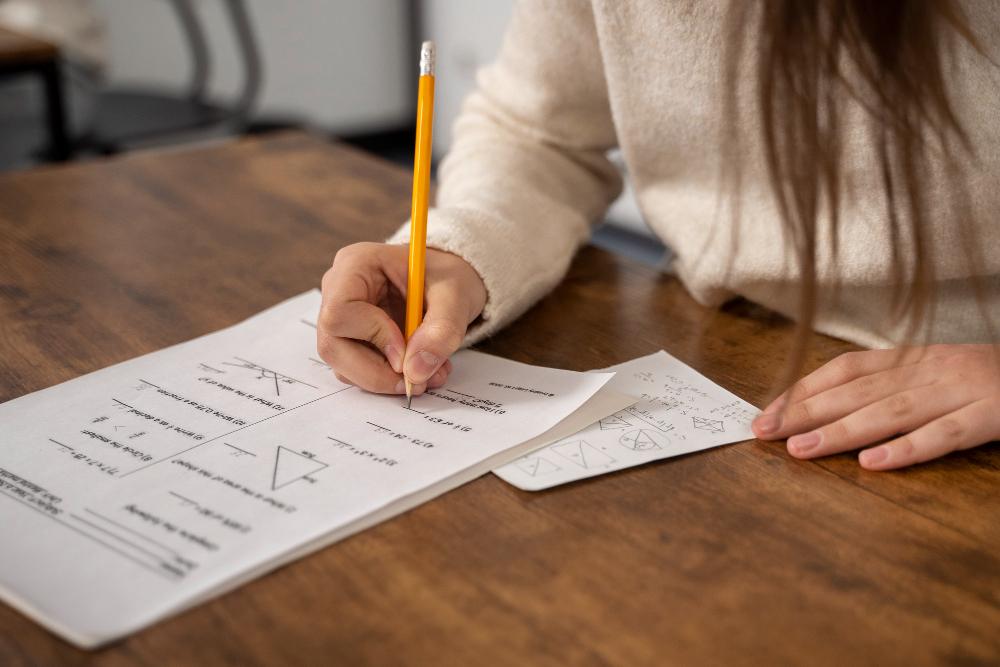Candidates can understand the CLAT exam by understanding the exam pattern. A consortium of NLUs conducts the CLAT exam. This exam is the gateway to admission in prestigious National Law Universities in India. If candidates want to crack this exam, they have to start with the CLAT exam pattern because in the pattern, they get to know about the types of questions, the marking scheme and the topics covered. The CLAT exam tests candidates' aptitude through multiple sections that evaluate comprehension, reasoning and legal aptitude.
Key Highlights of CLAT Exam Pattern 2026
It is expected that CLAT 2026 will follow the revised structure introduced in recent years. This exam is going to be done offline. Candidates will attempt this exam in a pen-and-paper-based mode. This includes objective-type multiple-choice questions. The total number of questions in this exam is 120 and the duration is 120 minutes. The CLAT exam is divided into five sections: English Language, Current Affairs including General Knowledge, Legal Reasoning, Logical Reasoning and Quantitative Techniques. In this exam, each question carries one mark and a negative mark of 0.25 for each wrong answer.
Types of Questions in the CLAT Exam
Below, candidates can find the types of questions that come in every section of the CLAT exam. Understand these topics and start preparing for the exam.
| English Language | This section includes passages around 450 words drawn from modern or historically important fiction and nonfiction. Questions will evaluate your understanding of the text, ability to draw inferences, summarize content, compare arguments and grasp meanings of words in context. |
| Current Affairs & GK | Passages (up to 450 words) will be sourced from news reports and other factual writing. Some questions may involve legal references from the text, but no additional legal knowledge is required. Topics include significant national and global events, cultural developments, international issues and historical events of lasting importance. |
| Legal Reasoning | Passages (450 words) will discuss legal matters, public policy issues, or ethical questions. No formal legal education is needed. Questions will test your ability to identify principles, apply them to case-like situations and understand how changes affect their application. |
| Logical Reasoning | This section consists of short passages followed by questions focused on evaluating arguments. You will need to recognize arguments and conclusions, analyze reasoning, assess the strength of conclusions, infer implications and identify analogies or contradictions. |
| Quantitative Techniques | Short texts or numerical information will be provided, followed by questions requiring data interpretation. You will use Class 10-level mathematics such as ratios, basic algebra, mensuration and estimation. The focus is on deriving and calculating relevant information from the given data. |
CLAT Exam Pattern Section Wise
Now we will understand the critical topic in every section of the CLAT exam. Logical Reasoning tests arguments and patterns, while Quantitative Techniques conclude elementary mathematics such as ratios, percentages and data interpretation. The English Language section tests grammar, vocabulary and reading comprehension. The Current Affairs section provides static and dynamic general knowledge, focusing on legal and political news. Legal Reasoning needs reading passages related to legal matters and answering questions based on principles and facts. These are the points that candidates should understand, and with these, they can improve their performance for the final exam.
Importance of CLAT Exam Pattern PDF
Candidates who want to analyze the structure in detail often search for the CLAT Exam Pattern PDF available on the official website of the Consortium of NLUs. In this PDF, candidates will find the breakdown of sections, question types and previous years' patterns. It's important for candidates to become familiar with every type of question. Candidates must ensure they improve their time management skills because some questions take to much time in the exam.
Preparing Based on CLAT Pattern
It is important to note that the CLAT Exam Pattern may slightly vary from year to year depending on the Consortium’s decisions. It's important for candidates to stay updated through official notifications. In preparation, mock tests and the previous year's question papers are essential. With these, candidates can find their weak and strong areas. In the exam preparation, candidates should use the best sources for CLAT mock tests, test series and sample papers. There are many online sources from which candidates can find the best study material.
Conclusion
Candidates can apply to prestigious National Law Universities such as Bangalore National Law University (NLU), Delhi National Law University (NLU), National Law School of India University (NLSIU), NALSA, University of Law Hyderabad, West Bengal National University of Juridical Sciences (WBNUJS) Kolkata and Symbiosis Law School Pune. A thorough understanding of the CLAT Exam Pattern 2026 is important for success. This helps candidates create an effective study plan, prioritize important topics and improve their test taking strategies. Candidates need to download the Exam Pattern for CLAT and start their preparation with this.
